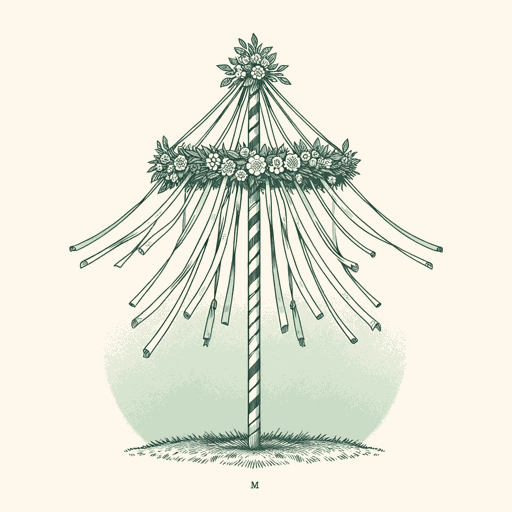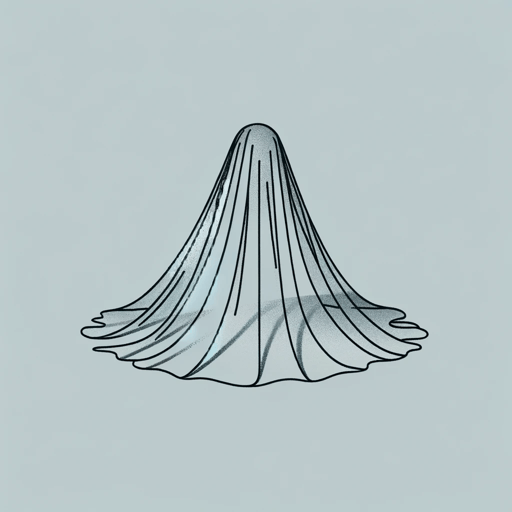106 pages • 3 hours read
Nathaniel HawthorneThe Scarlet Letter
Fiction | Novel | YA | Published in 1850A modern alternative to SparkNotes and CliffsNotes, SuperSummary offers high-quality Study Guides with detailed chapter summaries and analysis of major themes, characters, and more. For select classroom titles, we also provide Teaching Guides with discussion and quiz questions to prompt student engagement.
IntroductionChapter Summaries & Analyses
Introduction Summary: “The Custom-House”
Hawthorne discusses the merits of sharing autobiographical information with his readers and then describes the circumstances he says inspired The Scarlet Letter.
Hawthorne explains that he has always felt drawn to Salem—his birthplace, and the town where his ancestors lived for centuries. When he decided to take a break from writing in 1846, he therefore took a job overseeing the Salem Custom House. He found the work deadening and his colleagues unimaginative and incompetent. He draws particular attention to the “Inspector” and the “Collector”: the former is an elderly but vigorous and cheerful man Hawthorne describes as having “no soul, no heart, no mind; nothing […] but instincts” (20), while the latter is a retired military officer who spends most of his time staring into space. Hawthorne’s account of these and other coworkers is generally good-humored, but he notes that their complacency and amorality might have worn off on him if he had remained at the Custom House.
Related Titles
By Nathaniel Hawthorne

Dr. Heidegger's Experiment
Nathaniel Hawthorne

Ethan Brand
Nathaniel Hawthorne

My Kinsman Major Molineux
Nathaniel Hawthorne

Rappaccini's Daughter
Nathaniel Hawthorne

The Ambitious Guest
Nathaniel Hawthorne

The Artist of the Beautiful
Nathaniel Hawthorne

The Birthmark
Nathaniel Hawthorne

The Blithedale Romance
Nathaniel Hawthorne

The Hollow of the Three Hills
Nathaniel Hawthorne

The House of the Seven Gables
Nathaniel Hawthorne

The Marble Faun
Nathaniel Hawthorne

The Maypole Of Merry Mount
Nathaniel Hawthorne

The Minister's Black Veil
Nathaniel Hawthorne

The Wives of the Dead
Nathaniel Hawthorne

Young Goodman Brown
Nathaniel Hawthorne

